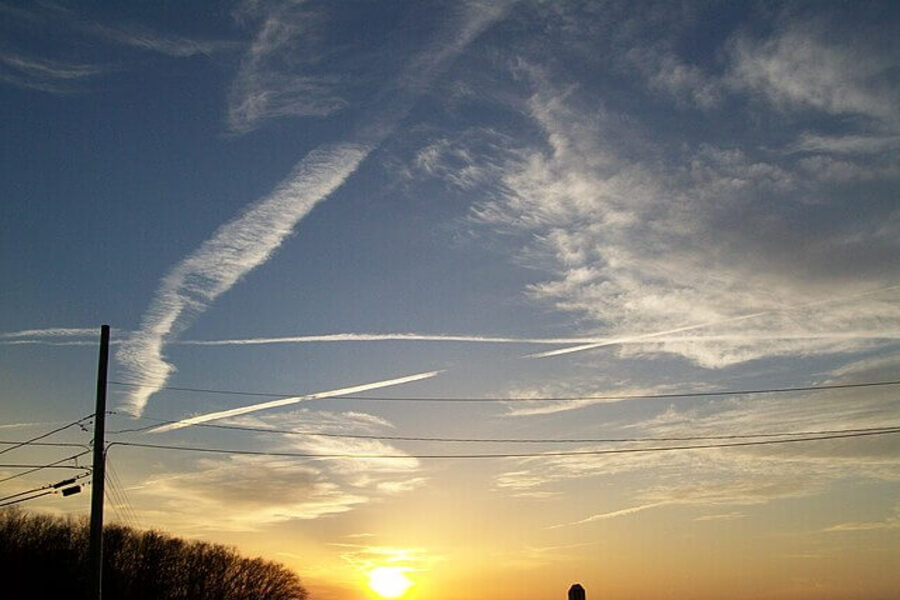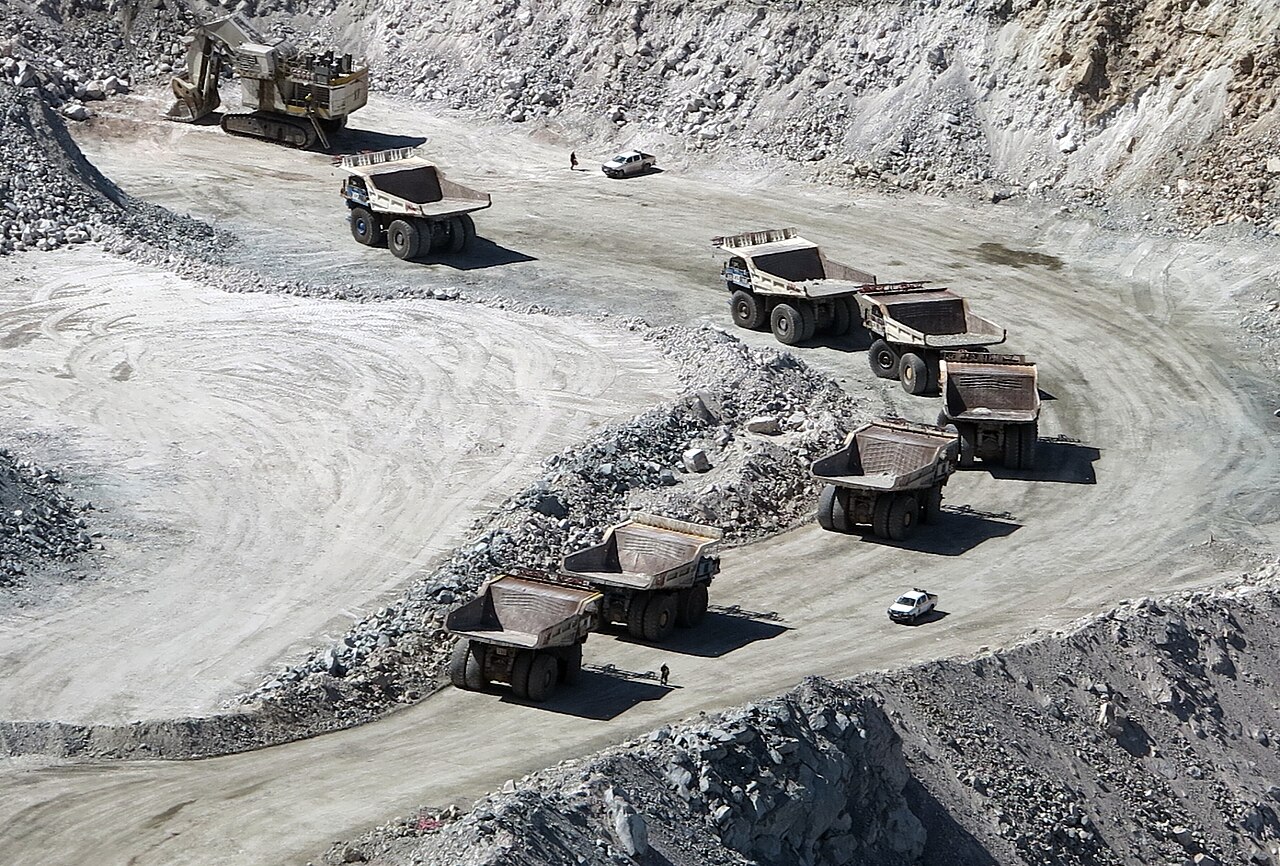The Unending Saga of Ukrainian Reforms
Editor's Note: This article originally appeared on Order from Chaos.
Published by The Lawfare Institute
in Cooperation With

Editor's Note: This article originally appeared on Order from Chaos.
There could hardly be a better or more depressing symbol of Ukraine’s parlous state than discussions at the Yalta European Strategy (YES) conference, held every year in September. The gathering, launched in Yalta in 2004, was intended to highlight Ukraine’s growing sophistication and European vocation in one of the country’s most beautiful settings in Crimea. In the intervening years, Ukraine has been beset by domestic corruption, political strife, and ultimately foreign invasion by Russia. Now, a conference named after Yalta has to be held in Kiev because Russia has occupied and illegally annexed Crimea.
Against this troubling backdrop, the question of creating a reformed Ukraine that can stand up to Moscow was front and center for the Ukrainian politicians and senior officials, as well as foreign participants, at this year’s YES gathering. Overall, the conference revealed that, while there has been some progress on reform, much remains to be done, there remain many troubling political divisions within Ukraine, and Russia continues to be a wild card.
Reform, in fits and starts
On the state of reform in Ukraine since the Maidan Revolution in early 2014, whether the glass is half empty or half full turns partly on whether one inclines toward pessimism or optimism. President Petro Poroshenko and Prime Minister Arseniy Yatseniuk can cite big achievements: free and fair presidential and parliamentary elections; the most reform-minded cabinet in Ukraine’s history; the gradual improvement of the army despite an ongoing conflict with Russia; and the adoption of some tough economic and financial reform measures.
But much remains on the to-do list. Ukrainians want faster progress in curbing corruption, including sacking and bringing to trial crooked officials. This remains a key benchmark by which many Ukrainians judge their government’s performance, and so far they are unimpressed. While deregulation has made progress, business still faces a morass of red tape. The rule of law is weak in practice, the judicial system remains largely unreformed, and many question the objectivity of prosecutors.
The art of the possible
The post-Maidan honeymoon is over. The pro-government coalition that formed 10 months ago has come under increasing pressure as varied groups express concern about the impact of austerity measures and lack of progress in fighting corruption. Oligarchs continue to play an outsized and unhealthy role in the country’s politics.
Right-wing political forces oppose the Minsk II agreement, brokered by the German and French leaders in February to settle the conflict in the Donbas. Passage of a new constitutional amendment on decentralization—something Poroshenko agreed to in Minsk—provoked a sharp division within the pro-government coalition and a violent demonstration that left three National Guardsmen dead.
Some politicians are turning to populism. Former Prime Minister Yulia Tymoshenko has proposed indexing wages to inflation. Kiev cannot afford this type of measure, and its adoption would cause the International Monetary Fund to suspend its assistance program. Tymoshenko’s approval rating has climbed above 20 percent, rivaling Poroshenko’s.
More broadly, attitudes in Ukraine toward Russia have hardened. That limits Poroshenko’s political space to cut a deal with Russian President Vladimir Putin…if Putin wants a deal, which is not apparent. For example, in summer 2014, Poroshenko talked about taking NATO off the table—while this should have been of interest to a Kremlin that seeks a binding prohibition against Ukrainian membership in NATO, the Russians did not pick up on it. Poroshenko no longer talks in those terms, and opinion polls show that, for the first time ever, a majority of Ukrainians favor NATO membership. Being invaded by another country will do that.
All this combines to create a complicated political milieu, though one bit of good news came on September 17: Legislation to approve Ukraine’s debt rescheduling deal passed with more than 300 yes votes. U.S. diplomats and key Europeans had urged the Rada (parliament) to approve the package, as failure to do so would have thrown the country into financial chaos.
The debt-rescheduling vote hopefully shows that, on big questions, the government can persuade members of parliament to set aside politics and do the right thing. More such victories will be needed as the government seeks to garner support for its reform program—to make the reform glass two-thirds full instead of half.
The fragile Poroshenko-Yatseniuk relationship
By all appearances, the key relationship between Poroshenko and Yatseniuk is fragile. Yatseniuk is seen as the driver of austerity measures, and his approval rating has collapsed as a result. Supporters of the prime minister worry that the president has not visibly backed reforms as he should. That brings up bad memories of the disconnect between President Viktor Yushchenko and Prime Minister Tymoshenko after the 2004 Orange Revolution. Former Georgian President Mikheil Saakhashvili, now governor of Odessa, has jumped into the political fray and could prove an unpredictable factor in Ukraine’s internal politics.
Poroshenko and Yatseniuk appear to understand that, for now, they need one another. If their relationship breaks down, the parliamentary coalition will lose its majority. As it struggles to accelerate economic reforms, conduct local elections, and deal with Russia’s aggression, Kiev cannot afford a political crisis. That’s why U.S., German, and other European officials have so strongly urged the president and prime minister to stick together.
Russia, the perpetual wild card
The good news from the Donbas is that the cease-fire prescribed by the Minsk II agreement in February finally seems to have taken hold. Cease-fire violations, which ran at the rate of 200 per day in August, declined to less than 100 per week in early September. The question is whether the cease-fire can be sustained and other Minsk II measures—withdrawal of heavy arms from the line of contact, free access for observers from the Organization for Security and Cooperation in Europe, and withdrawal of Russian military personnel—can follow.
As the cease-fire took hold, Russian Foreign Minister Sergey Lavrov on September 10 said that local elections in the occupied parts of Donetsk and Luhansk should be held on October 25 in accordance with Ukrainian law, as mandated by Minsk II. That triggered speculation as to whether the Russians had begun to look for a way out of the mess that they have made in the Donbas, or whether it was just a tactical shift.
Unfortunately, early evidence suggests this is just a tactic to soften international opinion about Putin before his appearance at the United Nations General Assembly and to undercut support among Western governments for maintaining economic sanctions on Russia. On September 16, “Donetsk People’s Republic” leader Aleksander Zakharchenko said local elections would be held on October 18 instead of October 25 and according to local rules, not Ukrainian law. The “Luhansk People’s Republic” leadership subsequently said it would carry out local elections on its timing and by its rules. Had Lavrov been serious, the Kremlin certainly had the muscle to deliver the separatists on the timing and procedures for elections.
So, optimists can hope for Moscow to change its course, but a healthy dose of skepticism appears to be in order. Officials in Kiev watch the refugee crisis in Europe and Russia’s decision to involve itself militarily in Syria and worry that the crisis over Ukraine may be slipping off of the West’s radar screen. They could use assurance that the West will remain united in supporting Ukraine and pressuring Moscow, including continued sanctions, until there is a genuine change in the Kremlin’s policy.





